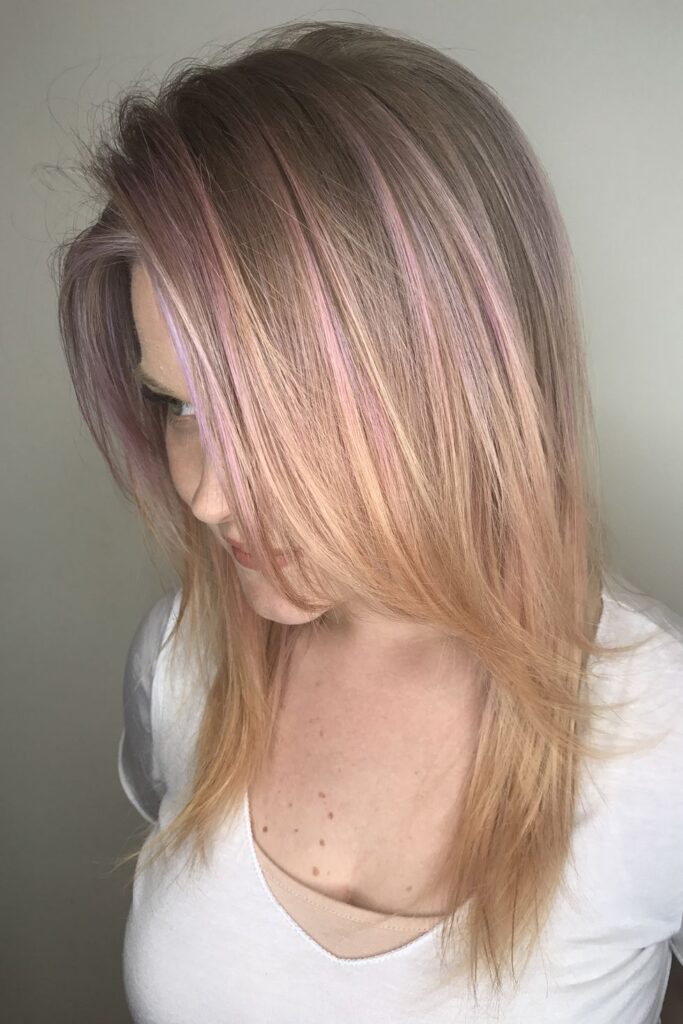These tiny parasites can cause significant discomfort, itching, and embarrassment. Traditional treatments often involve medicated shampoos, which can be expensive, have unpleasant odors, and may not always be effective due to increasing resistance among lice populations. However, a bold new approach is emerging: using hair dye as a means to eliminate head lice infestations. This unconventional method combines practicality and effectiveness, offering a novel solution to an age-old problem. The concept of using hair dye to combat head lice may seem surprising at first, but it has a logical basis. Hair dye contains chemicals, such as hydrogen peroxide and ammonia, which are known for their ability to penetrate and break down organic materials. These substances can potentially disrupt the exoskeletons of lice and nits lice eggs, leading to their demise. Additionally, the process of dyeing hair often involves saturating it with a liquid that can help in physically removing the lice and nits through thorough combing. This dual action—chemical eradication and mechanical removal—makes hair dye a promising candidate for lice treatment.

One of the significant advantages of using hair dye to treat head lice is its accessibility. Hair dye is widely available in pharmacies, supermarkets, and beauty supply stores. Many people already use hair dye for cosmetic purposes, making it a familiar product with straightforward application instructions. This ease of access and familiarity can encourage more people to try this method, especially those who may be hesitant to use traditional lice treatments due to concerns about toxicity or side effects. Moreover, the variety of hair dye options on the market means that individuals can choose products that best suit their needs. For those concerned about harsh chemicals, there are ammonia-free and low-peroxide hair dyes that still possess lice-killing properties, can hair dye kill lice. Additionally, hair dye comes in numerous colors and formulations, allowing users to maintain or change their hair color while simultaneously addressing a lice infestation. This aspect of choice can make the treatment process more appealing, particularly to teenagers and adults who may see it as an opportunity for a new look.
Additionally, individuals should follow up the dye treatment with diligent combing using a fine-toothed lice comb to remove any dead lice and nits. This step is crucial to ensure that the infestation is thoroughly eradicated. Despite its potential, more research is needed to confirm the efficacy of hair dye as a lice treatment. While anecdotal evidence and preliminary studies are promising, comprehensive scientific studies would provide more definitive answers. Health professionals should also be consulted before using hair dye for this purpose, particularly for young children or individuals with sensitive skin. In conclusion, using hair dye to eliminate head lice infestations presents a bold and innovative approach that leverages the chemical properties of dye to combat these persistent pests. Its accessibility, familiarity, and variety make it an attractive alternative to traditional treatments. With careful application and follow-up, hair dye could become a valuable tool in the fight against head lice, offering a practical solution that also doubles as a cosmetic enhancement.